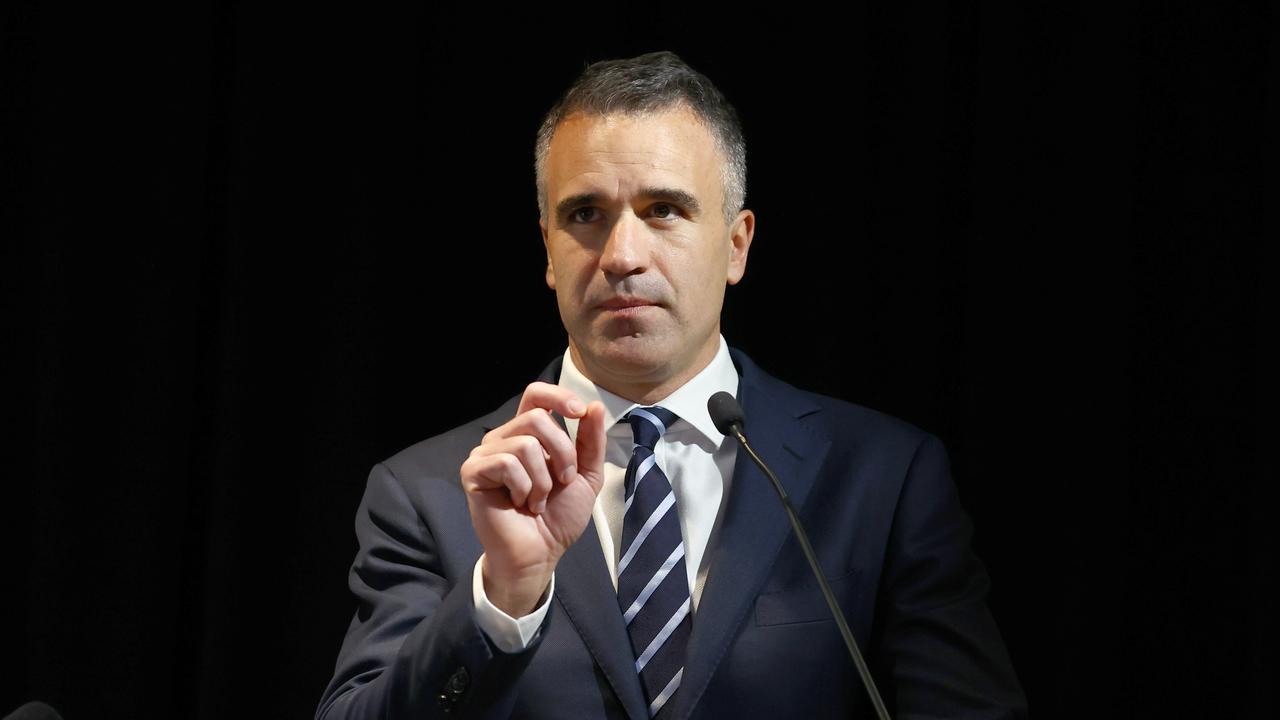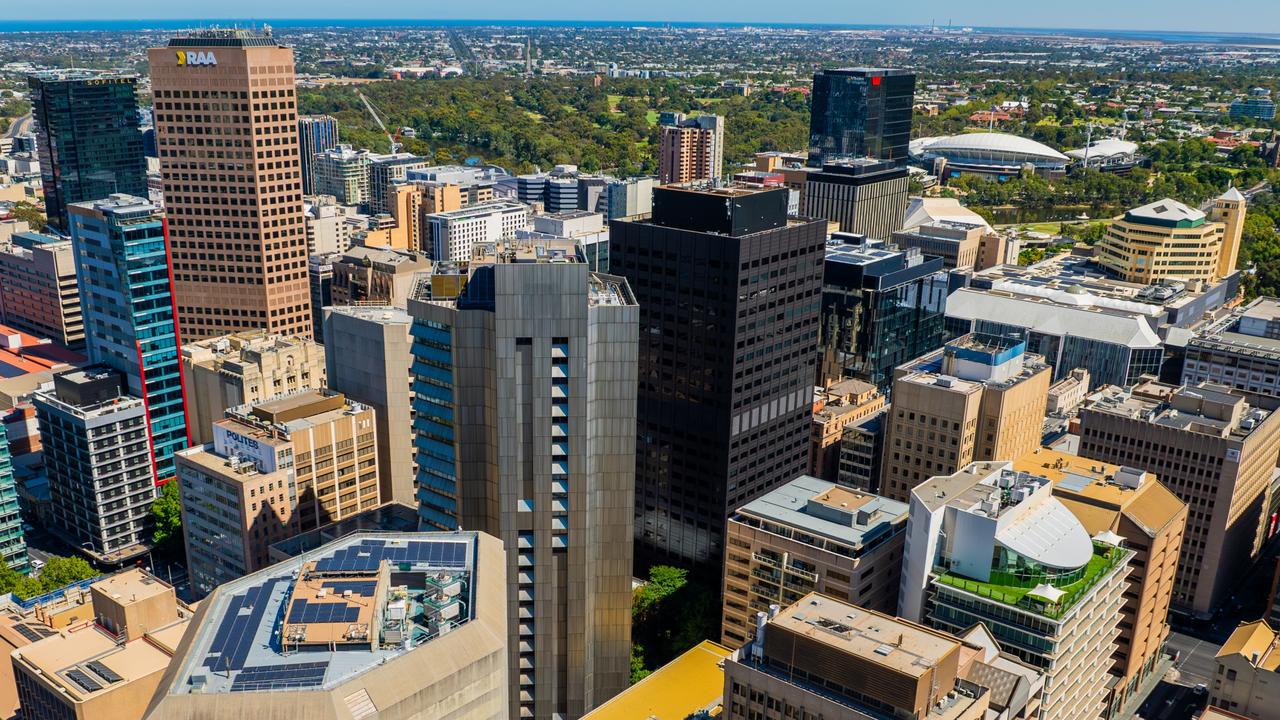Low-orbit satellite technology allows a new generation to find their place in space
Low-orbit satellites are sending back valuable data that’s helping to shape opportunities here on Earth.
Future Adelaide
Don't miss out on the headlines from Future Adelaide. Followed categories will be added to My News.
Professor Tat-Jun Chin’s interest in space was sparked by watching the first Star Trek movie as a child. Today, more than three decades later, Prof Chin has transformed that passion into a successful career in the space industry – not as an astronaut or engineer, but rather a computer scientist.
Prof Chin is based at the Australian Institute for Machine Learning (AIML) at The University of Adelaide, where he also teaches at the School of Computer Science, sharing his passion for all-things space with today’s generation of future space specialists – not all of whom will be required to don a spacesuit.

“We need aerospace engineers, space engineers, aeronautical engineers, materials engineers and people with knowledge of physics, science and chemistry,” he says. “Also computer science – you need software engineers who can program the on-board intelligence as well as understanding machine learning algorithms in order to process the data. So all sorts of STEM studies are important.”
At the AIML, Prof Chin and his team use machine learning or statistical learning techniques to extract high-level information from low-orbit satellites. “The data acquired by these satellites tell us something about the part of the Earth they are targeting,” he explains. “It could be sensors that indirectly measure the health of vegetation, of farmlands or the environment. We have had interest from SA Arid Lands for using satellite imagery to map invasive species which grow too quickly in the Outback.”
New technologies are also making processing that data faster and more reliable. “Previously we’d be beaming the raw data via a down link with the processing done on a standard computer on the ground,” Prof Chin says. “But, as the semiconductor industry continues its relentless pace in technological development, it’s now possible to perform a lot of the computations on board the satellites.”
And, as the space industry continues its own relentless pace in South Australia, Prof Chin foresees ongoing career opportunities for those with a STEM background. “A lot of the skills learned through STEM are transferable,” he says. “I’m a computer scientist but I’m dabbling in space.”



